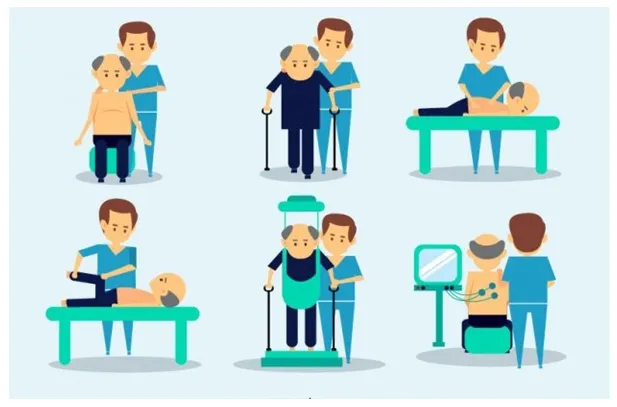Platelet rich plasma (PRP) therapy is an advanced out-patient procedure which heals injuries by concentrating the platelets in your blood to enhance healing. These platelets have growth factors that can kick start your normal healing process to encourage your body to heal by itself. 30ml of blood is taken from your body and centrifuged using a special machine to separate the platelets and growth factors from the red and white cells. The PRP obtained is concentrated by a factor of 3X – 5X. These cells are then injected under imaging guidance into target sites of injury to achieve maximum concentration of cells in the injured sites. This produces better tissue healing in tendon injuries and better stimulation of the local stem cells.
Harnessing The Power of Cells is the Fundamental Basis of Regenerative Medicine.
Your body is built to repair any damage by itself. But sometimes, due to the site and severity of your injury or a reduction in healing abilities with age, your body can’t keep up with the damage that is done. PRP treatment uses your body’s natural healing agents to repair the damage by concentrating and focusing these cells at the exact site of your injury. This approach allows for natural, efficacious healing without the need for surgery. Moreover, being an biologic treatment using your own cells, there are no side effects like rejection or reaction.

What is PRP?
Platelet-rich plasma (PRP) is created by concentrating the platelets present in your blood to enhance healing. These platelets have growth factors that can kick-start your normal healing process to encourage your body to heal itself.
What common conditions can be treated with PRP?
Arthritis of all joints like the knee, hip, shoulder etc
Tendinitis – Heel pain (Plantar faciitis, Achilles tendinitis), Tennis and Golfer’s elbow, shoulder pain (Periarthritis, rotator cuff tears and strain), knee pain (Chondromalacia patella)
Sports Injuries – Ankle sprain(Ligament tear), knee injury (meniscal and ACL partial tear), shoulder(Rotator cuff tear), hip (labral tear), wrist (TFCC tear) and other joints.
Fractures and Non Unions

How is PRP prepared and injected?
15-30 ml of blood is taken from your body and processed using a special kit and centrifuge system to separate the platelets and growth factors. This process takes about 30 minutes. Once it is done, the separated platelets and growth factors are injected into the affected regions under aseptic precautions to promote healing and repair.
Are there Different Kinds of PRP?
There are differences between different PRP preparations. The first thing you’ll notice is that some samples are red, while others are more amber. The red PRP injections contain copious red blood cells and white blood cells. While no one is 100% sure if one type is clinically better than the other at this point, what is clear is that red PRP shots promote much more inflammation than amber PRP shots without red or white blood cells. In addition, lab research clearly showed that stem cells exposed to both types of PRP did poorly with red PRP and much better with amber PRP.
Can we create a Better PRP?
Absolutely, but as noted above, most doctors who use PRP don’t bother with anything more than buying a simple open centrifuge automated machine. The ability to adjust the processing to the unique properties of the patient sample is not available in these machines and the chance of infection with open systems is high. Moreover, much higher concentrations of platelets and the ability to customize various types of PRP and concentrations to address the specific needs of a patient is available with the closed PRP system.
What are the Pros and Cons?
Pros:
- It is an Out-patient procedure
- It takes only about 45 minutes
- Patient can walk back home after the procedure
- It can be done for most patients
- It is an alternate to surgery in many conditions
Cons:
- It is a regenerative treatment and takes time for the PRP to work and show results (approximately 6 to 12 weeks)
- Some conditions like joint arthritis may require multiple injections depending on its severity

How safe is it?
As we use the patient’s own blood, there is zero chance of reaction or rejection. There is very little chance of infection as we used a closed PRP system and the injection is done in a sterile theatre under strict aseptic precautions.
What precautions do I need to take?
Before the procedure, you need a Consultation with our Physiotherapist who will examine you and guide you regarding the post procedure rehabilitation protocols you need to follow. After the procedure you will be advised to take medications and undergo upto 5 days of physiotherapy in the clinic followed by exercises at home. You have to avoid smoking and alcohol intake, which diminish stem cell output.

When can I resume my activities?
In arthritis conditions, you can resume your routine activities on the same day at your own pace. Sports injuries and ligament tears would need restricted activities for a minimum of 3 weeks before resuming sports.
How do I fix my appointment?
You can call to address all your queries about PRP treatment and to fix an appointment.
